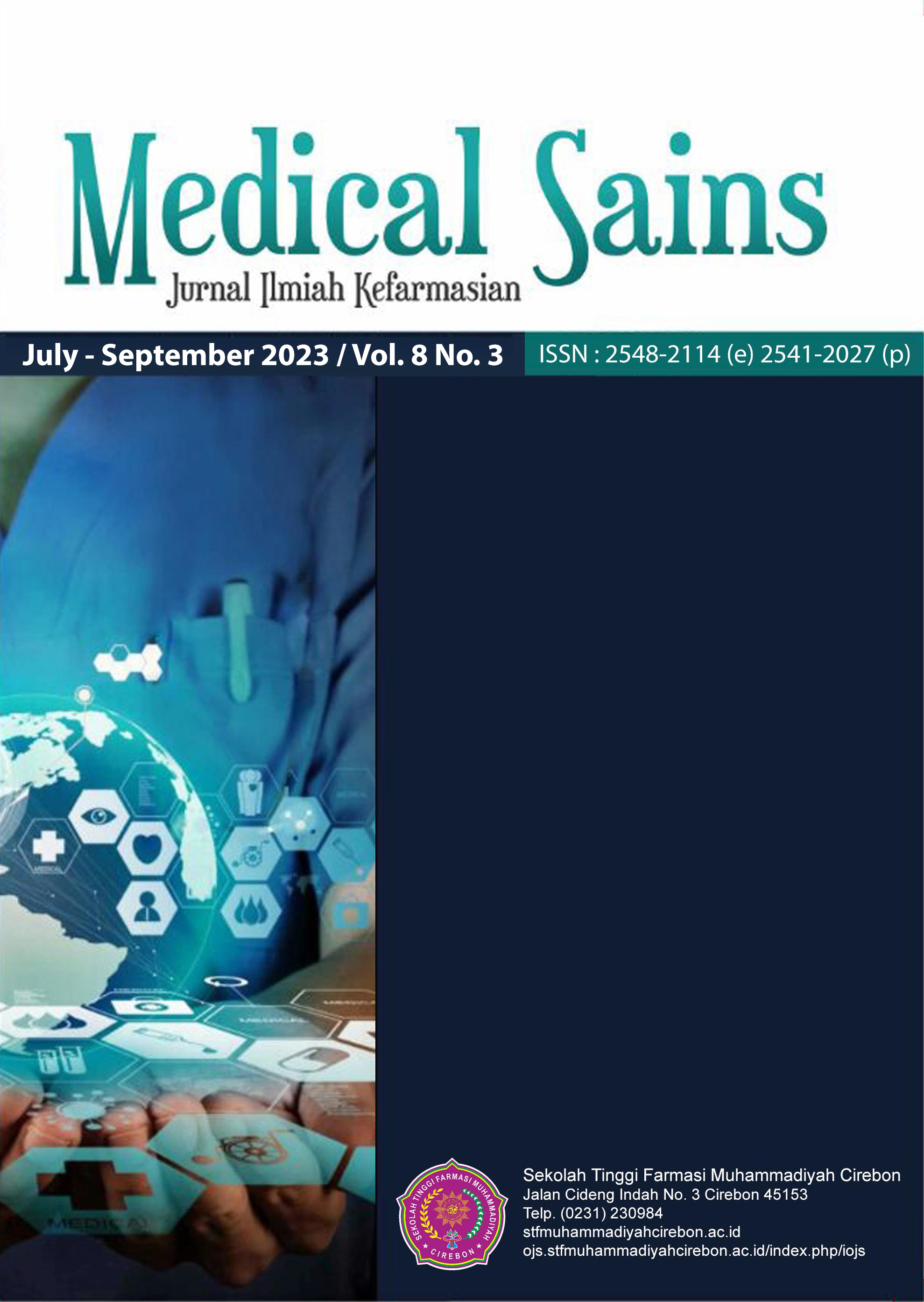REVIEW: APPLICATION OF THE ATC/DDD METHOD FOR ANTIBIOTIC EVALUATION IN INDONESIA
Main Article Content
Abstract
The global consumption of antibiotics has increased rapidly by 65% in units of daily doses over the last 15 years. Researchers predict that there will be a 200% increase in global antibiotic consumption by 2030, if there is no change in policy implementation. This article aims to provide knowledge regarding the use of the anatomical therapeutic chemical/defined daily doses (ATC/DDD) method to evaluate antibiotics in Indonesia, which is expected to provide additional knowledge for the quantitative evaluation of antibiotics. The literature data sources used were PubMed and Google Scholar online databases, using the Mendeley® tool for manager reference. There were 71 articles that met the criteria and were discussed systematically. Most of the ATC/DDD methods were used to evaluate antibiotics in 90.1% of inpatients and 9.9% of outpatients. In the application of this method, 94.4% of the data collection was carried out retrospectively, with most study designs using a cross-sectional 76%. The selected research period varied from 1 month to 5 years, with 59.1% of the study locations being carried out at the tertiary service level. The ATC/DDD method can also be used in a quasi-experimental design that examines comparisons before and after the intervention. The use of this method as an evaluation of the use of antibiotics in the specified study population resulted in the highest DDD/100 days of ceftriaxone hospitalization in 27 articles. Amoxicillin had the highest DDD/1000 patient-days in of 6/7 articles in the outpatient population...
